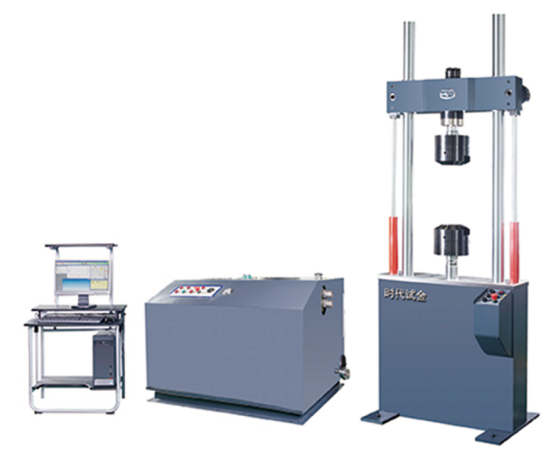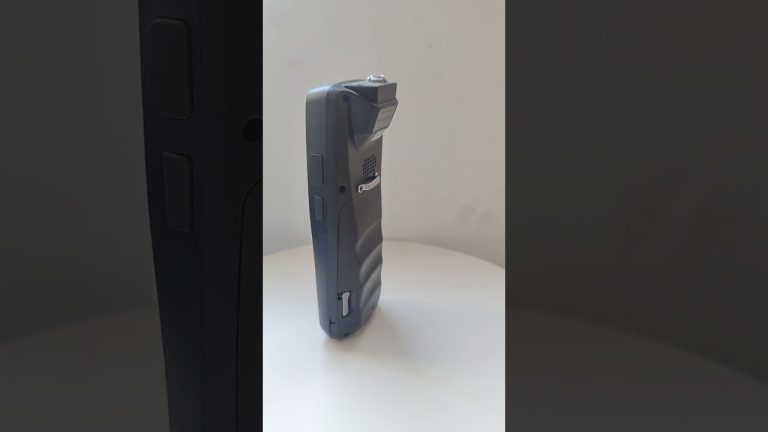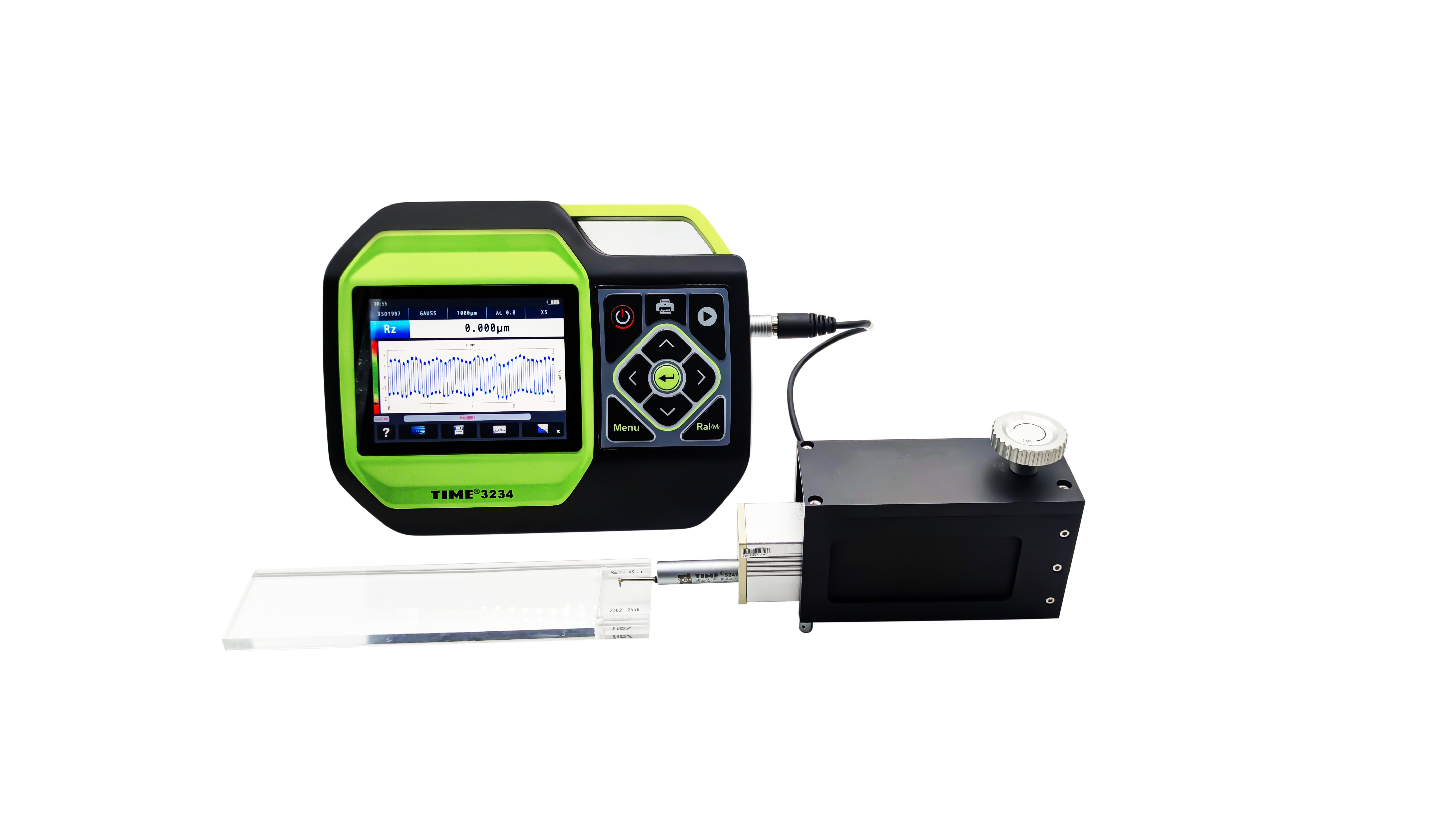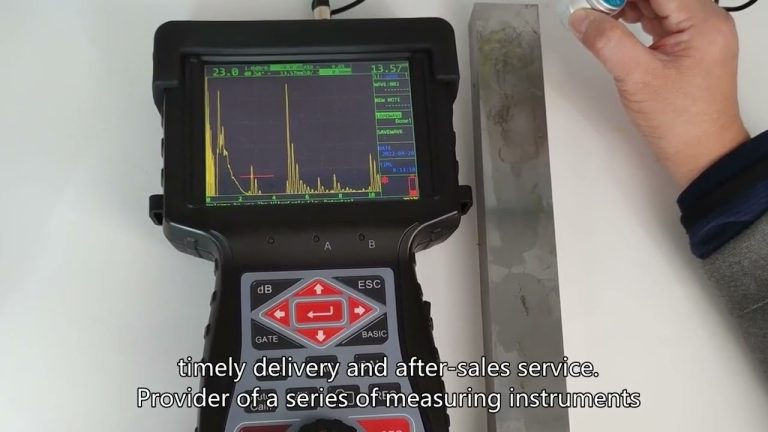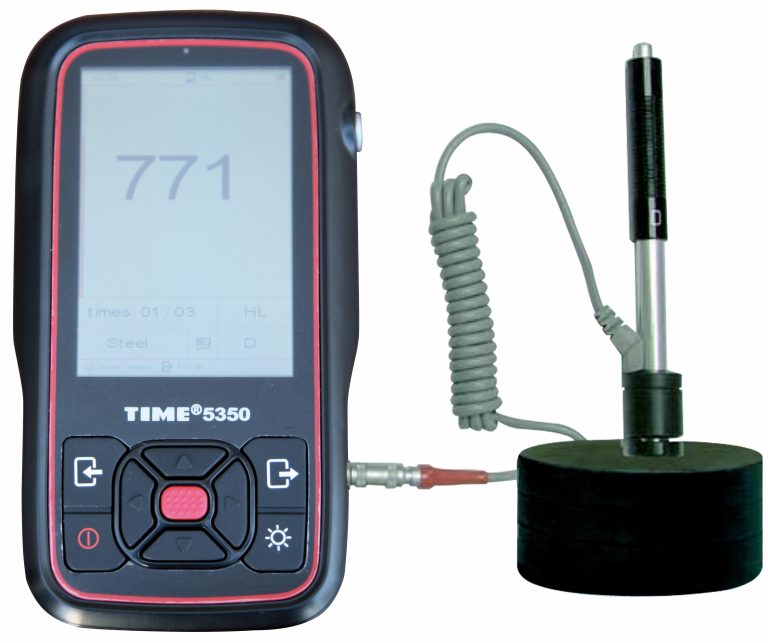Ultrasonic thickness gauges are widely used in various industries to measure the thickness of materials, particularly metals. These devices are essential for ensuring the integrity and safety of structures in sectors such as construction, manufacturing, and aerospace.
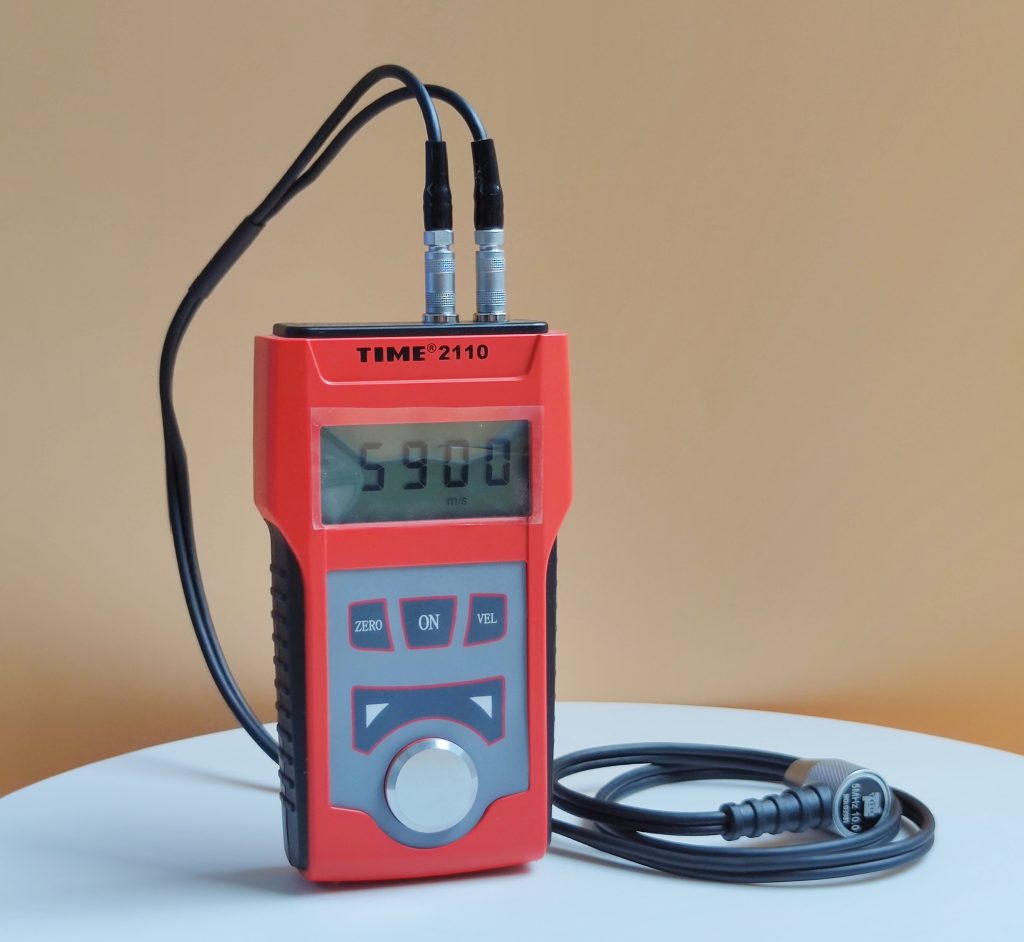
What is an Ultrasonic Thickness Gauge?
An ultrasonic thickness gauge is a non-destructive testing (NDT) tool that uses ultrasonic sound waves to measure the thickness of a material. It is particularly effective for materials that are solid and homogeneous, such as metals, plastics, and composites. The ability to measure thickness without damaging the material makes it an invaluable tool for maintenance and quality control.
Working Principle
The working principle of an ultrasonic thickness gauge is based on the transmission of sound waves through a material. Here’s a step-by-step breakdown of how it functions:
1. Ultrasonic Transducer
At the core of an ultrasonic thickness gauge is the ultrasonic transducer. This device converts electrical energy into mechanical energy in the form of high-frequency sound waves, typically ranging from 1 MHz to 10 MHz. The transducer is placed in contact with the material being tested.
2. Sound Wave Propagation
Once the ultrasonic transducer emits sound waves, they travel through the material. The speed of sound in a given material is known and is used to calculate thickness. The sound waves propagate through the material until they reach the back surface.
3. Reflection of Sound Waves
When the sound waves reach the back surface of the material, they are reflected back towards the transducer. The time it takes for the sound waves to travel to the back surface and return is measured by the gauge.
4. Time Measurement
The ultrasonic thickness gauge calculates the total time taken for the sound waves to travel to the back surface and return. Using the known speed of sound in the material, the gauge can determine the thickness of the material using the formula:
The division by two accounts for the fact that the sound waves travel to the back surface and back to the transducer.
5. Display of Results
The thickness measurement is displayed on the gauge’s digital screen, providing instant feedback to the operator. Many modern gauges also have features that allow for data logging, calibration adjustments, and the ability to measure through coatings.
Applications
Ultrasonic thickness gauges are utilized in various applications, including:
– Pipeline Inspection: Ensuring the integrity of pipelines by measuring wall thickness and detecting corrosion.
– Aerospace: Checking the thickness of aircraft components to maintain safety standards.
– Manufacturing: Quality control in metal fabrication and processing.
– Marine Industry: Monitoring the thickness of ship hulls and other critical structures.
Ultrasonic thickness gauges are vital tools in many industries, providing accurate and reliable thickness measurements without damaging the materials being tested. Understanding the working principle behind these devices enables operators to use them effectively and ensures the safety and longevity of various structures and components. As technology advances, ultrasonic thickness gauges continue to improve, offering enhanced features and greater precision for a wide range of applications.

